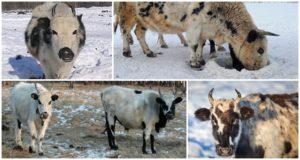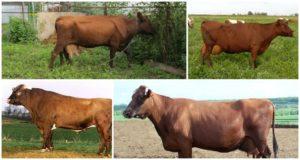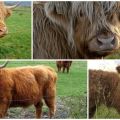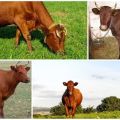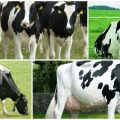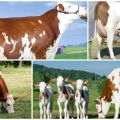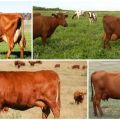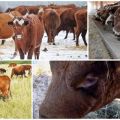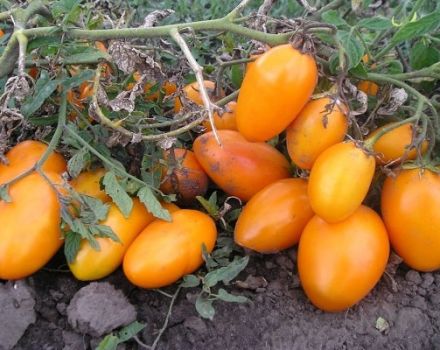Identification of forage cows and preparation of the ration, registration of feed consumption
Forage - plant crops intended for feeding agricultural animals. Includes grains of cereals and legumes, straw, hay, chaff. Previously, forage was used only for horses. Today the scope of application has expanded: feed is given to cattle, poultry. Forage cows deserve special attention. What are these animals? What are their features and differences?
Forage cow: what does it mean
On livestock farms, the livestock is divided into subgroups depending on the lactation period. Dry individuals, females after giving birth, and dairy cows are kept separately. The goal is to obtain the correct appropriate diet, as nutrition at different stages of life is different:
- Dry individuals - vitamin mixtures.
- New cows - hay and water, gradual introduction of protein and concentrates.
- Milk - advance nutrition to increase milk yield.
Fresh cows and cows for milk production are fodder animals. They receive additional feeding (forage). This food is rich in protein, which is of particular value to the animal. The substance supports the normal functioning of the body, increases productivity indicators.
How are grains and legumes for forage processed?
It is important to prepare feed properly. This is necessary for better assimilation and to obtain the maximum effect from its use. The peculiarities of the course of preparation are influenced by the type of the selected additive. Processing methods for cereals and legumes are different. The grain variety includes oats, barley, rye. Grain processing:
- Crushing, crushing or crushing. An obligatory method for breaking the hard shell of the grain. In this form, forage is absorbed faster.
- Crimping or crushing. The procedure improves the palatability of the forage. The resulting product is assimilated in full. The body does not need to spend efforts to digest the tough grain shell.
- Micronization is a heat treatment process (exposure of forage to infrared rays). As a result, the shell cracks, the feed grain becomes soft.
- Malting to increase the sugar content of the forage.
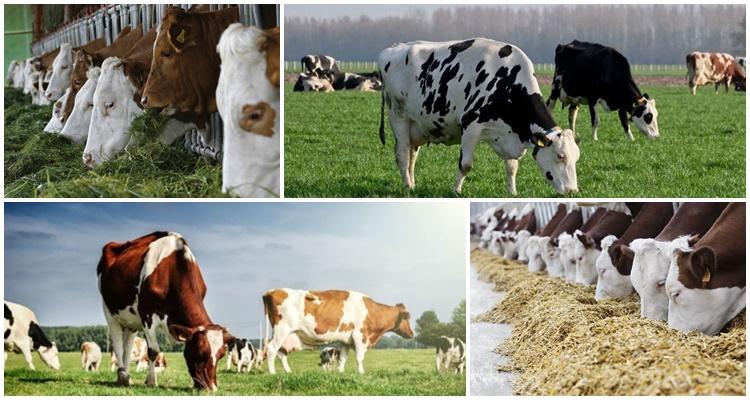
Legumes are lupine and soybeans. These feeds are heat treated. Most often, steaming or cooking is carried out. When exposed to heat, the anti-nutritional substances contained in the product are destroyed. Finished forage has a high content of protein, valuable for a milking individual.
Milking control
Determining the milk production of forage cows is a mandatory procedure for farms and private households.This allows you to calculate the productivity of each female. The milk yield is calculated for the whole year and for the days of lactation. In small farmsteads, the milk received from each individual is weighed daily.
In large farms, only average values can be calculated. To do this, use formulas. First, the total milk yield is divided by the number of dairy cows in the herd. To find out how much milk one forage individual produced, the annual or monthly volume is divided by the duration of lactation.
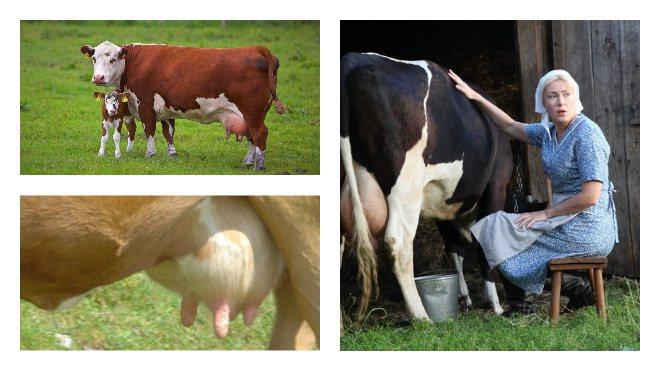
Example of counting per 1 forage cow:
- Determination of the number of livestock. For example, there are 340 heads in total.
- Monthly milk volume (31 days) - 200,000 liters.
- Division of the obtained values. Total milk volume per herd size. 200,000/340 = 588 HP This is a monthly value per forage cow.
- Next, the calculation of the daily volume. 588/31 days = 18.9 liters per day from a forage cow.
For a complete assessment of the livestock complex, an analysis is also carried out for fat and protein content. The data is recorded in special journals.
Feed consumption accounting
It is conducted according to the number of feeding days. Approximate structure: at the beginning of the month, the number of goals is recorded, the data is logged. Over the next month, they make all the changes in the herd: replenishment with new animals, the departed livestock. In parallel with this, they keep records of consumed feed. At the end of the month, the results are summed up, the formula for calculating is identical to determining the volume of milk yield.
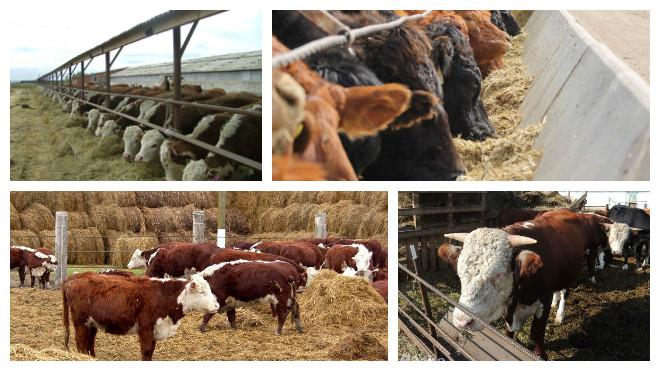
Controlling feed consumption is needed for a variety of actions. This is a forecast of feed days and determination of the number of individuals for receiving feed supplements.
Also, calculations allow you to find out how many cows will go to dead wood, how many will replenish the dairy group. From the data obtained, it depends on how much forage is needed for the females to be milked.
Nutrition rules
Forage isn't the only animal feed. Individuals should visit pastures, where the cows independently replenish the missing volume of plant components. Average walking time is 8-10 hours. So that the feed mixtures do not disrupt the work of the digestive tract, it is necessary to constantly give water. At least 5 waterings are required per day.
Features of the diet for each group in the herd:
| View | Nutrition |
| Cash cows | Calving was recently moved. Are in the process of being milked. Require a balanced and complete diet: 1. Herbal mixtures. 2. Legumes. 3. Cereals. |
| Dry (after completion of lactation) | Cows are preparing for insemination. The task of nutrition is the accumulation of useful trace elements for the subsequent period of bearing calves. The diet should be saturated with vitamins and useful elements. |
| Novotelny | Cows after calving. Forage is given to avoid disruptions in milk production. Forage is introduced gradually, daily increasing the volume to normal. |
The use of feed mixtures is an opportunity to increase the average milk yield from one cow by 0.5-1 liter. Forage individuals are capable of producing up to 3,000 liters of milk per year.Therefore, by providing a suitable diet and reasonable maintenance, the farmer receives minimal feed costs and increased productivity. To achieve a noticeable result, it is necessary to use only prepared and pre-processed forage feed.
